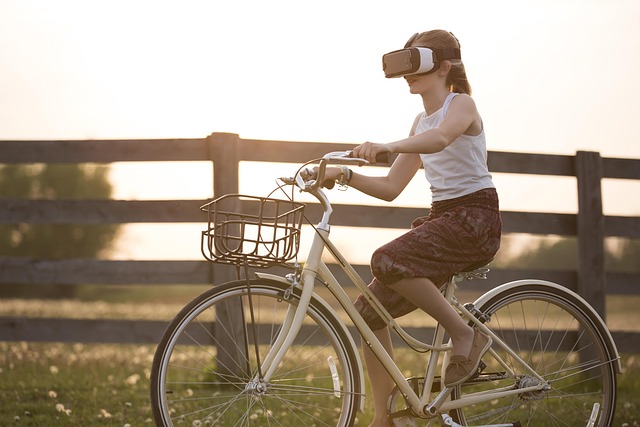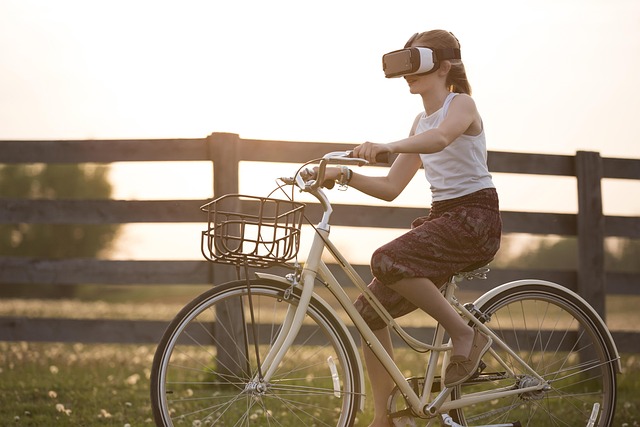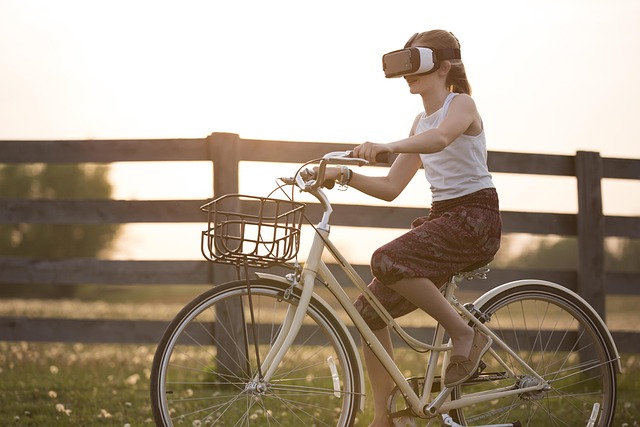
Revolutionizing Interaction: Navigating the Metaverse with Virtual Reality and Augmented Reality in Startups
The digital landscape is undergoing a profound transformation, and at the heart of this evolution lies the convergence of Virtual Reality (VR) and Augmented Reality (AR). These technologies are not just shaping our everyday experiences; they are revolutionizing how we engage with brands and connect with each other in the metaverse. For virtual startups, the integration of VR and AR offers a unique opportunity to redefine interaction in ways that were previously unimaginable.
Imagine wandering through a virtual market where every stall is a startup, showcasing their products and services in hyper-realistic detail. With VR, potential customers can immerse themselves in an environment that brings their favorite brands to life, allowing for interaction that mere websites or apps can hardly replicate. This immersive experience creates a deep emotional connection, allowing startups to stand out in a saturated market by offering memorable experiences that resonate with users on a personal level.
On the other hand, AR overlays digital information onto the real world, creating a seamless interaction between virtual and physical spaces. For virtual startups, this means the ability to enrich user encounters by enhancing their immediate environment. An example could be a furniture startup leveraging AR to allow customers to visualize how a piece of furniture would look in their living room before making a purchase. This kind of interaction not only reduces buyer hesitation but also deepens engagement, making the shopping experience more interactive and enjoyable.
The metaverse acts as a canvas where both VR and AR paint a vibrant picture of future interactions. Startups that harness these technologies can create unique, engaging experiences that draw users in, making them feel like active participants rather than passive consumers. For instance, a virtual startup offering educational resources could use VR to transport students to historical events or scientific simulations. Such experiences enhance learning and promote retention while also catering to diverse learning styles.
Furthermore, virtual startups can build rich communities within the metaverse, nurturing relationships through shared experiences. Networking events, workshops, and social gatherings can be transformed into immersive experiences where participants from around the globe interact in real-time, fostering collaboration and innovation that transcends geographic limitations. In this interconnected space, ideas flourish, and partnerships form, pushing the boundaries of what’s possible.
Despite the undeniable benefits, navigating the metaverse with VR and AR does come with its challenges. Virtual startups must invest in user-friendly interfaces and ensure that the technology works seamlessly to avoid frustrating glitches that could alienate users. Additionally, as we delve deeper into this digital realm, issues around privacy and data security are paramount. Startups must prioritize building trust and maintaining transparency with their users to ensure a safe environment for all.
Ultimately, the integration of virtual reality and augmented reality into virtual startups is not just a trend; it’s a paradigm shift in how we perceive interaction. As we continue to explore the metaverse, the potential for innovative engagement is limitless. Startups that embrace these technologies today will shape the future of interaction, creating meaningful connections that foster loyalty and drive success. Harnessing the power of VR and AR could be the key to unlocking a new realm of possibilities, ensuring that these virtual startups not only survive but thrive in this exciting digital frontier.



